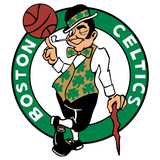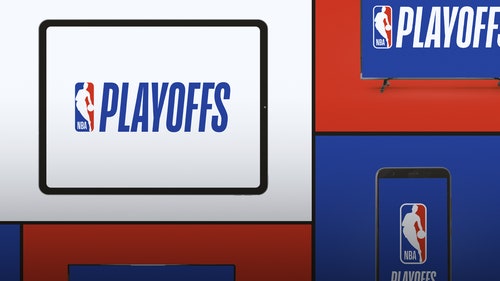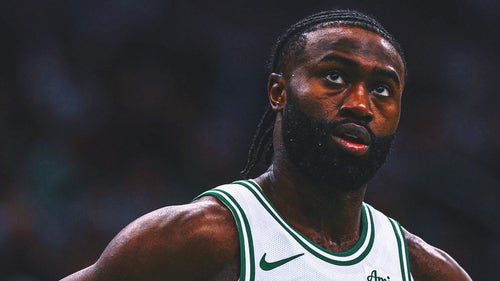
Kelly Olynyk's Three-Point Regression
Kelly Olynyk is losing his only edge by regressing from three point range
Kelly Olynyk is an unorthodox player. He’s a terrible rebounder for his size, a seven-footer averaging only seven boards per thirty-six minutes, and he lacks the type of physicality one might hope for from a player of his stature. Though a solid positional defender, Olynyk gets pushed around on both ends of the court. That doesn’t come as a surprise, and it’s not necessarily an issue given some of his presumed strengths, which include shooting and a (very light) touch of off the bounce playmaking.
There is no expectation that Olynyk will be a dominant physical force, but simply that he work hard and make up for some of his deficiencies with what he does best, namely, stretching the floor on the offensive end of the court. Forcing opposing bigs to close out to three point line means more opportunities to attack defenders dealing with challenging rotations, more space for driving teammates, and by extension more points. Offensively, at least, Olynyk should play the part of the modern stretch four.
That’s his theoretical role at least. Olynyk has never played it well enough to warrant starting minutes, but last year he seemed to be turning a corner, as he transformed from an average long-range shooter to a good one, knocking in a healthy 40.5 percent of his three point attempts. That was five percentages higher than the next best mark of his career, and it inspired hope that Olynyk might be able to take on a more meaningful role than in this year’s campaign.
Jan 10, 2016; Memphis, TN, USA; Boston Celtics center Kelly Olynyk (41) shoots against Memphis Grizzlies forward Zach Randolph (50) during the first half at FedExForum. Mandatory Credit: Justin Ford-USA TODAY Sports
That hope hasn’t materialized. Olynyk is making a disappointing 34.6 percent of his three-point shots to date. That’s enough to force defenses to think about him, but not quite enough to force them to scramble wildly to keep him from shooting from deep. It also means he’s not scoring at a rate that will allow him to prop up the second team offense, both of which would ideally be his responsibility.
Instead, Olynyk remains one of several inconsistent offensive bench options, and an occasional quasi-floor spacer with the starters. His uptick in shooting last year looks more and more like a statistical outlier than a increase in production driven by his personal development. Olynyk’s inability to recreate his impressive shooting from a year ago is not, it would appear, a step back, but simply a regression to the mean. That’s disappointing, but having only seen Olynyk in twenty-eight games means it isn’t definitive, nor is it entirely damning.
Digging slightly deeper into the numbers shows that Olynyk is only struggling from beyond the arc. His shooting percentage from every other distance on the court is up from last year. In that sense there may be some semblance of hope. At the very least, it indicates that his shot isn’t broken. The proof is in the pudding though, and three-point attempts make up 46.3 percent of Olynyk’s shots. If he’s not making them efficiently, then he is failing to produce, and all the ancillary spacing benefits he should provide disappear.
That’s where we are at now. Olynyk hasn’t been effective. He’s been bad at all the things he’s always been bad at- rebounding and physical play- and he hasn’t been good enough at the things he is supposed to be good at to make the type of impact needed to counteract those warts. Olynyk can continue to function as a bench big for now. He’s a better option than Tyler Zeller or Jordan Mickey. If he wants to continue to have a roster spot beyond this year, or help the Celtics make real noise this postseason, then he is going to need to grow into a more productive role very quickly.
More from Hardwood Houdini
This article originally appeared on








